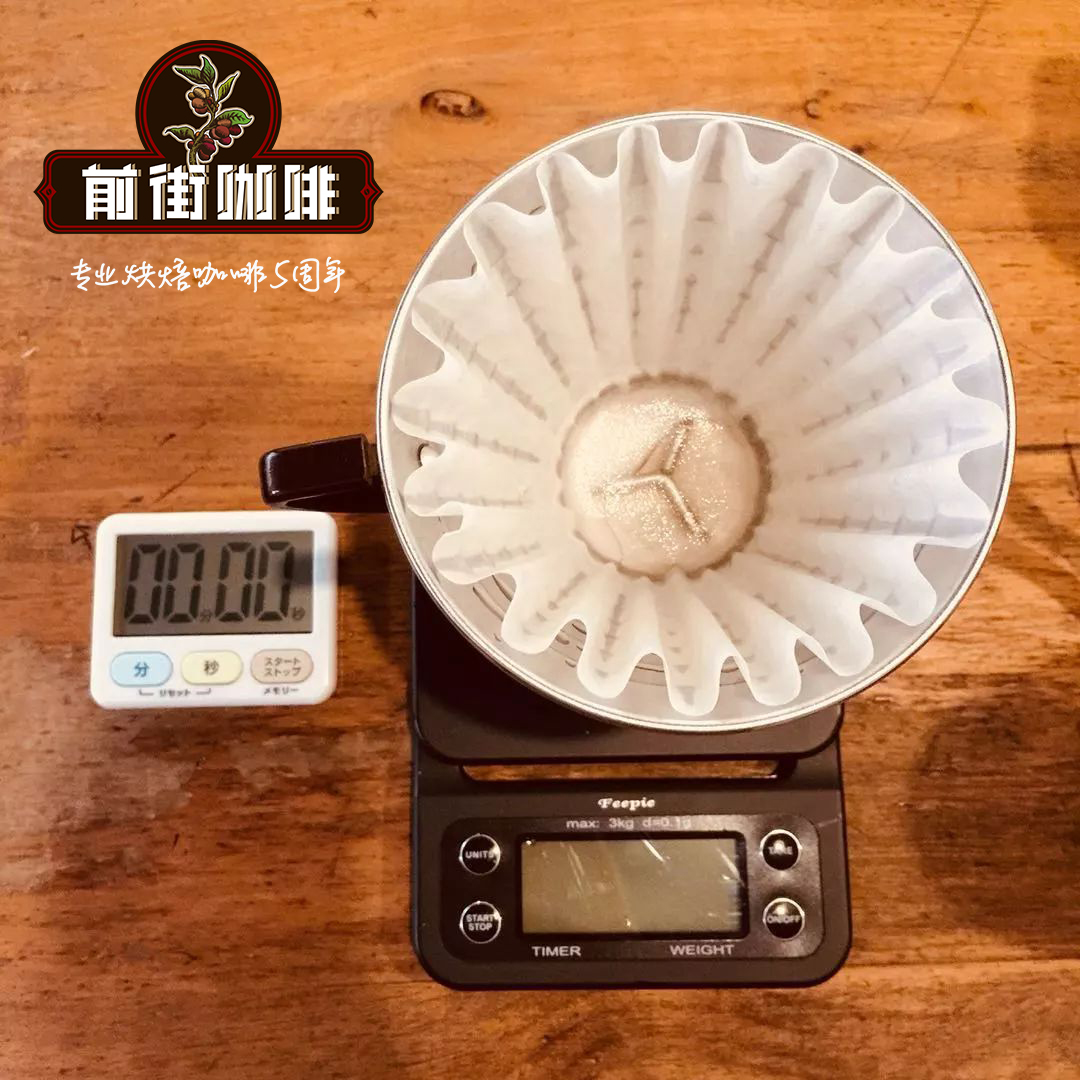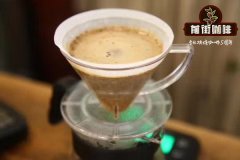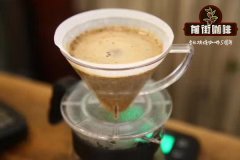Ethiopia's Best Coffee Brand | G1 washing from Sheffield Village, Cochel Town, Yega Xuefei production area

Professional coffee knowledge exchange more coffee bean information please follow the coffee workshop (Wechat official account cafe_style)
Qianjie-A brief introduction to Xuefu Village, Ye Jia Xuefei Cochel Town, Ethiopia
Ethiopia washed Yega Feikochel Town Xuefu Cun G1
Ethiopia Yirgacheffe Kochere Shifo Washed G1
Flavor description: White flower notes, sweet peach, full of jade bud aroma and honey, rich and juicy, rich taste, lingering finish
National Ethiopia (Ethiopia)
Yega Snow Fine (Yirgacheffe) in producing area
1880 m above sea level (GPS measured height of the processing plant)
The actual planting distribution of small farmers is about 1800-2100 meters.
Variety Isabia Guyou original species (Heirloom)
Producer Cochel is close to small farmers.
The annual rainfall is about 1800-2000 mm
Treatment method of washing treatment
Yega Xuefei is a famous name in the boutique coffee industry. It is a town on the highlands of southern Ethiopia and a distribution center for nearby coffee beans. In addition, it is also a synonym for coffee with rich citrus, lemon and floral flavors produced in Yega Xuefei.
ETHIOPIA,YIRGACHEFFE,KOCHERE
In 1995, Ethiopia redivided the region, and the Yirgacheffe we are familiar with is planned in the Gedeo area in the new SNNPR. Currently located in the middle of Gedeo, Kochere is 25 miles north of the famous town of Yegashefi. The production model is based on local small farmers sending output batches to cooperatives for unified processing. For a long time, it has been regarded as one of the best sources of coffee in southern Ethiopia.
At present, ECX can be subdivided into four producing areas: ─ Kochere, Gelana Abaya, Yirgacheffe and Wenago.
Generally speaking, however, Yega Xuefei refers to the general name for coffee produced in the district of Gedeo.
Knowledge expansion: washed coffee costs more resources (water) than the sun, so the quality of washed coffee raw beans is higher.
In short: Qianjie is a coffee research hall, happy to share the knowledge about coffee with you, we share unreservedly just to make more friends fall in love with coffee, and there will be three low-discount coffee activities every month. The reason is that Qianjie wants to make more friends drink the best coffee at the lowest price, which has been Qianjie's tenet for 6 years!
END
Important Notice :
前街咖啡 FrontStreet Coffee has moved to new addredd:
FrontStreet Coffee Address: 315,Donghua East Road,GuangZhou
Tel:020 38364473
- Prev

Do Kenyan round beans taste good with hands? what does Kenya pb grade mean?
Professional coffee knowledge exchange more coffee bean information please follow the coffee workshop (Wechat official account cafe_style) in Kenya, AA, AB and other levels are used to classify the lots, they are just indicators of screen size. They don't have any sign of cup quality. In Kenya, the AA level is equivalent to a 17 or 18 screen (17 or 18 64 inches). AA grade cups are available in
- Next

How about Congolese coffee? how about Congolese coffee beans? how about Congolese coffee beans?
For more information on coffee beans, follow Coffee Workshop (Wechat official account cafe_style) Minova, a town once beset by a dark history of war and sexual violence, and today is trying to shake off its past. Eba Wally, founder of Societe Maitea, hopes to use coffee production to open up a path to economic success and social stability.
Related
- Beginners will see the "Coffee pull flower" guide!
- What is the difference between ice blog purified milk and ordinary milk coffee?
- Why is the Philippines the largest producer of crops in Liberia?
- For coffee extraction, should the fine powder be retained?
- How does extracted espresso fill pressed powder? How much strength does it take to press the powder?
- How to make jasmine cold extract coffee? Is the jasmine + latte good?
- Will this little toy really make the coffee taste better? How does Lily Drip affect coffee extraction?
- Will the action of slapping the filter cup also affect coffee extraction?
- What's the difference between powder-to-water ratio and powder-to-liquid ratio?
- What is the Ethiopian local species? What does it have to do with Heirloom native species?

